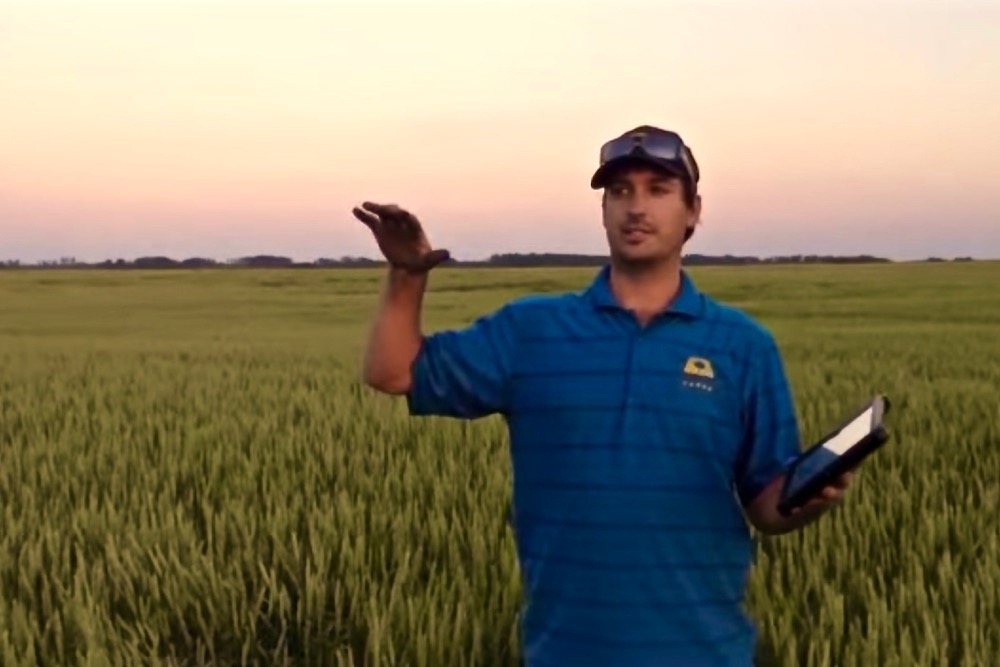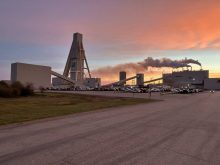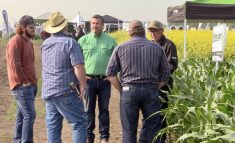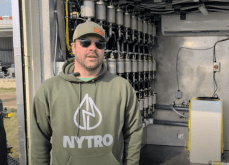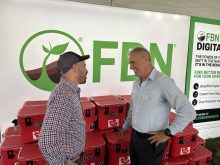MarketsFarm — For Saskatchewan farmer Terry Aberhart and research scientist Alan Moulin, variable rate (VR) application is a no-brainer.
In representing Sure Growth Solutions Inc. at the Global Cash Crop Conference in Winnipeg on Wednesday, Aberhart explained the cost savings farmers can achieve by applying different amounts of fertilizer.
“The mentality is, if you want more yield you just add more (fertilizer) in. But if you’re not balancing that crop properly with nutrients you can actually cause increased lodging, increased disease, and you’re shooting yourself in the foot,” Aberhart said.
Read Also
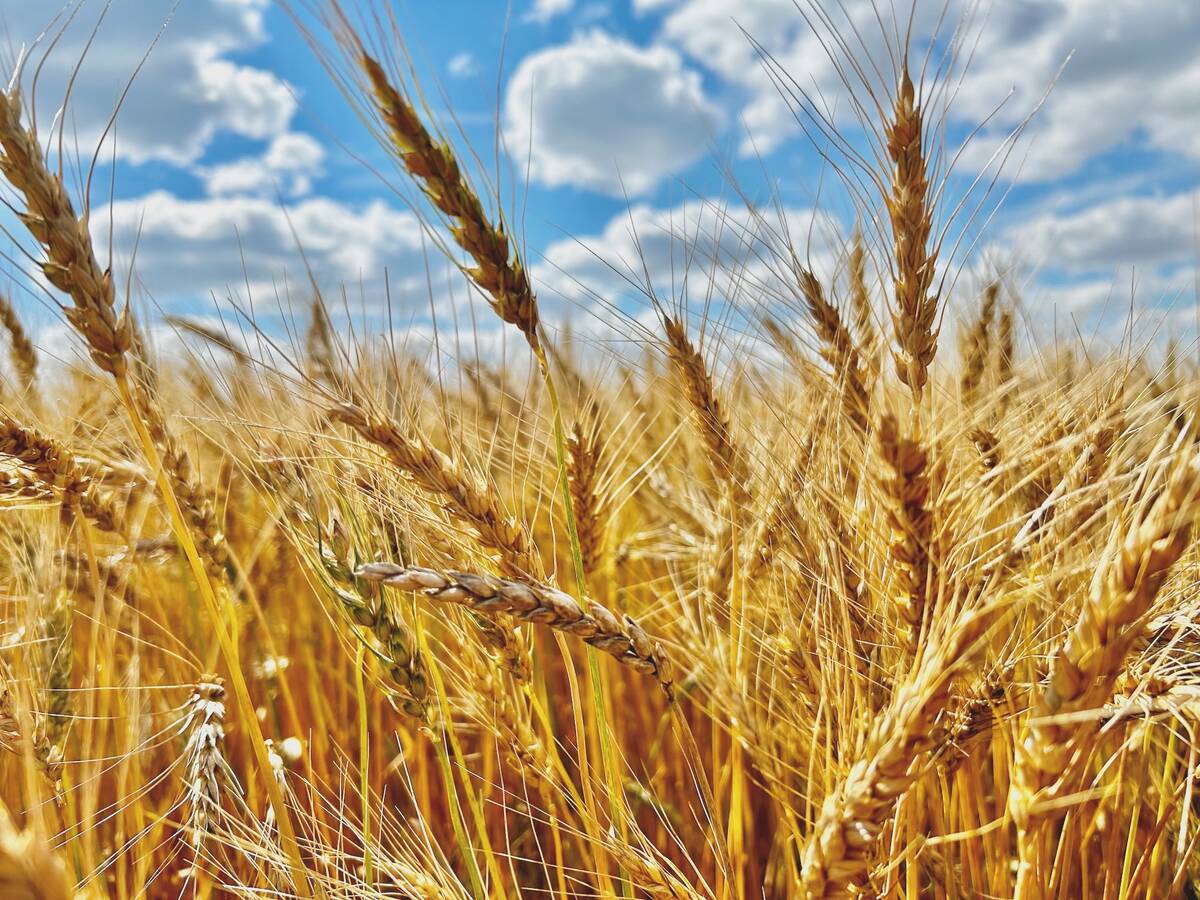
Prairie Wheat Weekly: Modest increases for cash prices
Spring wheat and durum cash prices were moderately higher across the Canadian Prairies for the week ended Dec. 19. This was despite losses in Chicago and Kansas City wheat and Agriculture and Agri-Food Canada projecting larger all wheat ending stocks for 2025/26. Minneapolis wheat bumped up on the week, lending some support to Canadian cash prices.
Also, too much application results in too much straw, leaving a greater amount of residue to deal with the following spring. All that can contribute added costs, such as fuel, he mentioned.
Aberhart said by using VR, farmers can realize increased revenues of $80 per acre or more by not applying as much fertilizer.
“Instinctively most growers think of managing nitrogen; we don’t think about managing other nutrients,” he said.
Central to VR is putting together the data to see where more fertilizer is needed and where less can be applied. Satellite imagery is too inconsistent, Aberhart said, while topography is too costly and time-consuming.
Rather, his preference has been for power zones through Agri Trend — an accumulation of data and imagery over several years, creating zones very similar to those created with electrical conductivity.
Moulin, a scientist with Agriculture and Agri-Food Canada’s Research and Development Centre at Brandon, Man., spoke about the field-scale, multi-year VR research project he headed.
In his presentation, he pointed out that field-scale research is much more costly than plot-scale, and comes with an array of variables.
At field-scale, the headland areas of a field were ignored and the inner portions were tested, said Moulin.
Farmers tend to apply the maximum amounts of fertilizer, in hope of getting the best yields, he noted — and that results in negating some of the benefits as nutrients build up in some parts of a field.
“Once you show where a producer is not making money, the lights go on,” Moulin said.
— Glen Hallick writes for MarketsFarm, a Glacier FarmMedia division specializing in grain and commodity market analysis and reporting.


